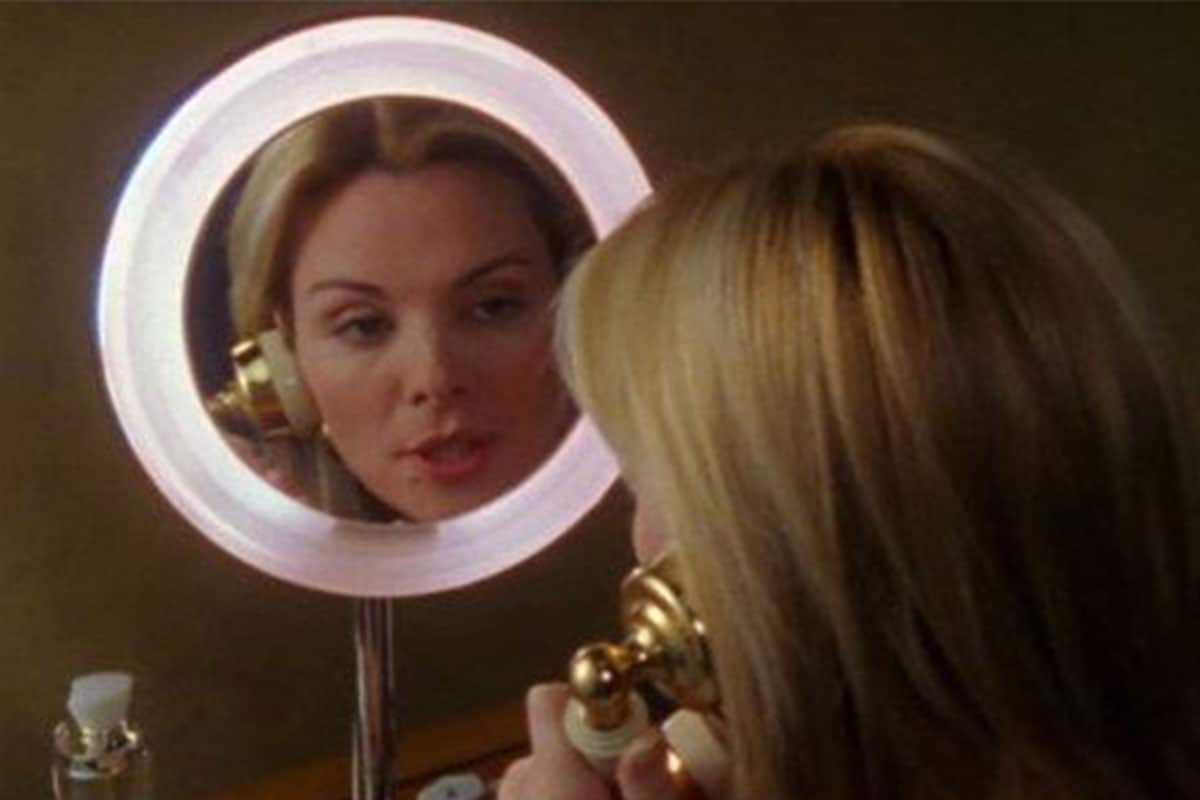
If you’re one to take your skincare routine to the next level, then exploring treatments like fillers and BBL light therapy won’t be uncommon to you. Alongside these two common treatments comes another, this time in the form of PDO threads, an anti-ageing procedure rising in prevalence. Much like BBL light therapy, it does require more effort that slathering your face in a hydrating mask once a week and can deeply target the signs of ageing you may be trying to prevent or alleviate. However, it is often explained in a more complicated manner than the procedure actually is. If you have found yourself asking, “what are PDO threads?” then you have come to the right place. Allow us to run you through the treatment and what you can expect to see.
What are PDO threads?
Polydioxanone (PDO) threads utilise a biodegradable polyester suture and are best engaged for rejuvenating skin. PDO threads are one of three types of sutures frequently used in thread lift procedures, with the other two made from polylactic acid (PLA) and polycaprolactone (PCA).
This type of thread has been around for the most time out of the three, and has been used in surgeries since the 1980s. Made from a colourless polyester, they break down in the body after roughly six months. While present in your skin, PDO threads trigger cells in the body called fibroblasts to produce more collagen, providing the skin its structure and elasticity.
The threads can be further divided as follows:
- PDO Mono Threads: Smooth sutures helping to rejuvenated the skin through stimulating the production of collagen.
- PDO Cog Threads: Containing barbs, these threads latch to the skin like small hooks providing support and lifting parts of the face.
- PDO Screw Threads: Made up of a pair of intertwined threads, screw threads restore volume to sunken skin.
What are the side effects of PDO threads?
Like most skin procedures, there is the risk of side effects with PDO threads. However, this risk is much lower than those associated with facelift surgeries, with less scarring, bruising and bleeding when performed professionally.
Minor complications from PDO threads can occurs in 15 – 20 per cent of procedures, but are usually easily corrected. These include:
- Visible sutures
- Pain
- Snapping of threads
- Minor bruising
- Infection
- Dimpling
What areas of the face can be treated by PDO threads?
Most parts of the face experiencing signs of ageing can be treated by PDO threads. This includes cheeks, neck, jaw and eyes – the most commonly treated areas amongst those who engage in the therapy. As the thread lift results won't be as dramatic and immediate as the result of a facelift, PDO threads are commonly used in conjunction with an array of anti-ageing procedures like ultherapy or dermal fillers.
What is involved in the PDO thread lift procedure?
As with most procedures, you will likely be advised to cease drinking alcohol at least five days prior to your procedure, alongside anything else that may increase bleeding or bruising. This includes ibuprofen, asprin, green tea or omega-3 fatty acids. When the day arrives, your doctor will explain the potential risks and the recovery to be expected.
The PDO thread procedure to follow can vary, however, it typically pans out as follows:
- Once seated and reclined, your doctor will disinfect your face with alcohol, followed by applying local anaesthetic with a needle under the skin.
- Then, a small incision will be made with an additional needle, followed by the insertion of a cannula in the hole.
- The surgeon will anchor the thread into place and remove the cannula.
- Your procedure will be finished off by cutting the thread, ensuring it is in a secure place.
How is the recovery from PDO threads?
The recovery period after having a PDO thread procedure is minimal, differing to that of BBL light therapy that can be more rigid. You will likely experience swelling and bruising for the first day or two after, but can return to most of your daily routine immediately. However, avoid rubbing your face in the week following the procedure in case of accidental thread dislodgement. Other activities to avoid in the one-to-two weeks post-treatment include sleeping on your side, saunas and exercising intensely.
Image: Pinterest



